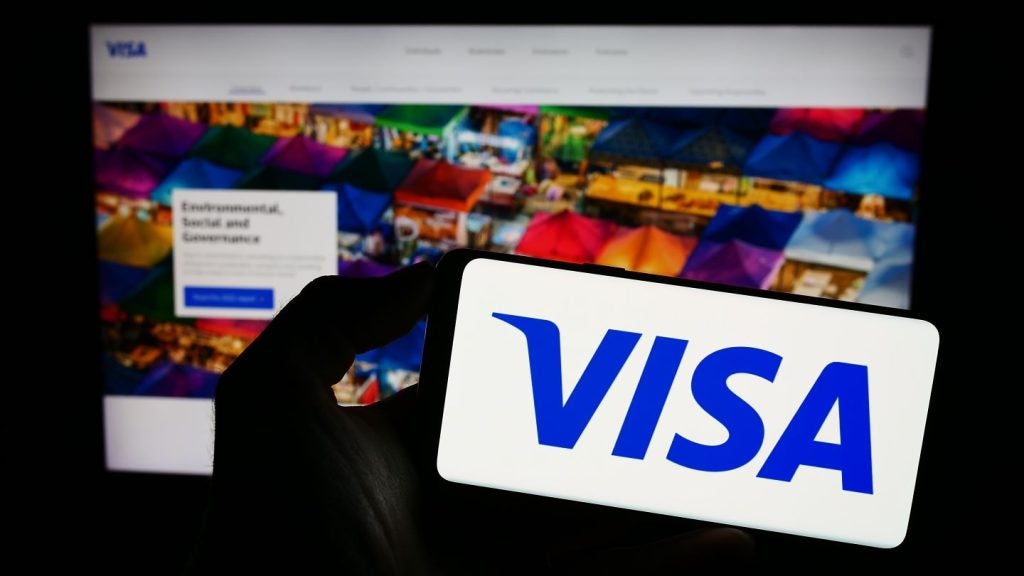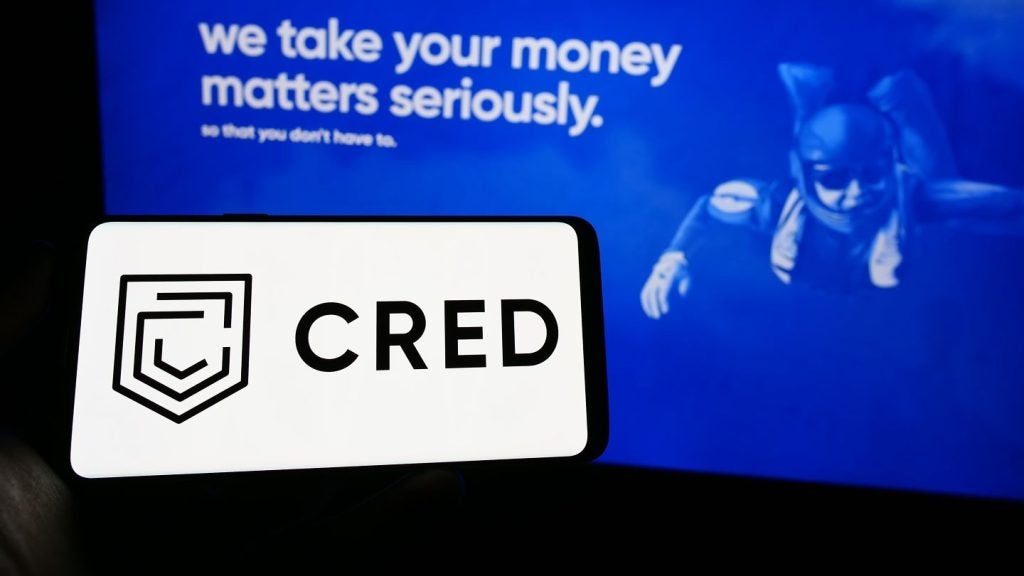
Social media is increasingly disrupting the banking industry and is impacting it in for main ways, a new report outlines.
GlobalData’s Thematic Intelligence: Social Media in Banking 2024 report explores how social media firms have been affecting banking. The report also contains key industry metrics such as M&A trends and value chain insights alongside industry analysis of technological and regulatory themes.
The four main ways in which disruption is occurring are through the direct entry of social media players into banking, social media offering banks a channel by which to engage with their customers, the channel partnering of social media companies with banks and social media platforms acting as a digital user experience benchmark for banks.
The report compartmentalises the social media market by categorising firms and platforms into social networks such as Meta-owned Instagram, discussion forums like Reddit, media sharing sites like Pinterest, BeReal or Twitch, consumer review networks like Alibaba and Amazon, sharing economies companies like Airbnb or Uber and messaging services like WhatsApp or Microsoft’s Teams.
This differentiation breaks down the various channels in which social media is used, helping to ascertain its wide-reaching impact on the banking sector.
Direct entry of social media players into banking
Social media players directly entering banking have been identified by the report. These include ByteDance, Meta, Tencent, X, Uber and Grab.
How well do you really know your competitors?
Access the most comprehensive Company Profiles on the market, powered by GlobalData. Save hours of research. Gain competitive edge.

Thank you!
Your download email will arrive shortly
Not ready to buy yet? Download a free sample
We are confident about the unique quality of our Company Profiles. However, we want you to make the most beneficial decision for your business, so we offer a free sample that you can download by submitting the below form
By GlobalDataThe channels by which social media players have directly included legal banking as seen by the likes of Tencent, Ant Financial and Kakao Bank are bank partnerships, online payments, e-commerce and lending.
Of these, lending and e-commerce appear to be the two main avenues. There has been an increasing integration of shopping into social network platforms, with users able to transition straight from an advertisement to buying options. Apps such as WeChat, Instagram and TikTok allow purchases to be made without moving to another app, increasing the fluidity of payments significantly.
Technology conglomerate Meta, has also in recent years, been using data from users’ interactions such as payments with businesses on WhatsApp to target advertisement across all its platforms.
On the lending side, the report identifies the actions of Amazon in launching many financial tools to enable customers to spend more and merchants to sell more. These include Amazon Lending which in collaboration with several banks including Bank of America facilitates small businesses to finance and sell more goods via quick approval loans.
Social media for engagement
Key social media firms serving as means of engagement identified by the report are ByteDance, Meta, Instagram, Alphabet, Foursquare, Kakao and Line, while the key banking players utilising social media are ASB Bank, NatWest, Monzo, Chime, Citibank and Bank of America
UK-based bank NatWest was highlighted in the report for its programmes of financial education using TikTok influencers to reach GenZ users in particular. Chime in the US has also heavily utilised influencer marketing.
While banks continue to use the platforms for marketing, there are some concerns that such videos, although framed as financial advice, are delivered by influencers and not by financial advisors.
Social media as a technology partner
In the trend of technology partnerships between banks and social media platforms, Amazon and Alphabet were identified alongside their banking counterparts Deutsche Bank, Lloyds Banking Group and HSBC.
As social media firms are key technology vendors, their cloud migration and various ‘as-a-service’ offerings have use cases in the financial services sector. For example, the report details various partnerships with Amazon Web Services to offer and develop integrated tools for the likes of hedge funds and asset managers.
Banks are looking to utilise technology that deepens data analysis, integration, aggregation, processing and storage capabilities alongside data validation and governance.
Social media UX emulation
As social media platforms have engineered seamless user experiences, banks are taking a leaf out of social media’s books to modernize their mobile and online interfaces to generate meaningful customer interactions.
Key financial service UX adopters have been identified as BBVA, Tink and Robinhood.








